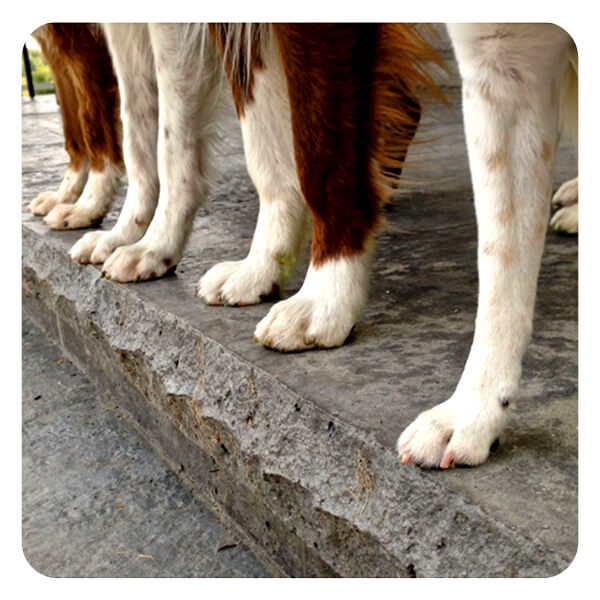 Maintaining your dog’s nails is an essential part of their overall care. Keeping their nails trimmed not only ensures their comfort but also prevents potential health issues down the road. However, for many dog owners, the thought of cutting their furry friend’s nails can be daunting. It’s natural to feel a bit apprehensive, but with the right approach and guidance, you can master this task and make it a stress-free experience for both you and your pup.
Maintaining your dog’s nails is an essential part of their overall care. Keeping their nails trimmed not only ensures their comfort but also prevents potential health issues down the road. However, for many dog owners, the thought of cutting their furry friend’s nails can be daunting. It’s natural to feel a bit apprehensive, but with the right approach and guidance, you can master this task and make it a stress-free experience for both you and your pup.
Understanding the Importance of Nail Care
Before diving into the process of cutting your dog’s nails, it’s important to recognize the significance of this task. Long nails can cause discomfort and even lead to health issues for your dog. When nails become too long, they can curl under the paw and grow into the pad, causing pain and potential infection. Moreover, overgrown nails can affect your dog’s gait and posture, leading to joint problems over time. By keeping your dog’s nails at an appropriate length, you’re contributing to their overall well-being and comfort.
Getting Acquainted with Your Dog’s Nails
Every dog’s nails are unique, and understanding the anatomy of your dog’s nails is the first step in ensuring a successful nail-trimming experience. A dog’s nail comprises the quick, which contains blood vessels and nerves, and the hard outer shell. It’s crucial to identify the quick before trimming, as cutting into it can cause bleeding and pain for your dog. For dogs with clear or light-colored nails, the quick is usually visible, appearing as a pinkish area. However, for dogs with dark-colored nails, identifying the quick may be more challenging. In such cases, it’s best to trim small amounts at a time to avoid cutting into the quick.
Preparing for the Nail-Cutting Process
Before you begin cutting your dog’s nails, it’s important to create a calm and comfortable environment. Choose a well-lit area and have all your supplies ready, including nail clippers designed for dogs, styptic powder in case of bleeding, and treats to reward your dog for their cooperation. If your dog seems anxious, take some time to soothe them and offer reassurance. It’s essential to approach the task with patience and a calm demeanor to help your dog feel at ease.
The Nail-Cutting Process
Now that you’re prepared, it’s time to start cutting your dog’s nails. Begin by gently holding your dog’s paw, and using the appropriate nail clippers, trim the tip of each nail, avoiding the quick. If you’re unsure about the location of the quick, it’s always best to err on the side of caution and trim small amounts at a time. Remember to reward your dog with treats and praise throughout the process to create a positive association with nail trimming.
Aftercare and Maintenance
Once you’ve finished cutting your dog’s nails, it’s essential to check for any signs of bleeding. If you accidentally cut the quick and there is bleeding, apply styptic powder to stop the bleeding. Additionally, if your dog’s nails have sharp edges after trimming, you can use a nail file to smooth them out. Regularly inspect your dog’s nails to ensure they remain at an appropriate length, and continue to trim them every few weeks as needed.
Cutting your dog’s nails is an important aspect of their overall care, and with the right approach, it can become a comfortable and routine part of your dog’s grooming regimen. By understanding the significance of nail care, familiarizing yourself with your dog’s nails, and approaching the process with patience and reassurance, you can ensure that nail trimming is a stress-free experience for both you and your furry companion. Remember, if you’re ever uncertain about cutting your dog’s nails, don’t hesitate to seek guidance from a professional groomer or veterinarian. Your dog’s well-being is worth the extra care and attention.
[/fusion_text]



